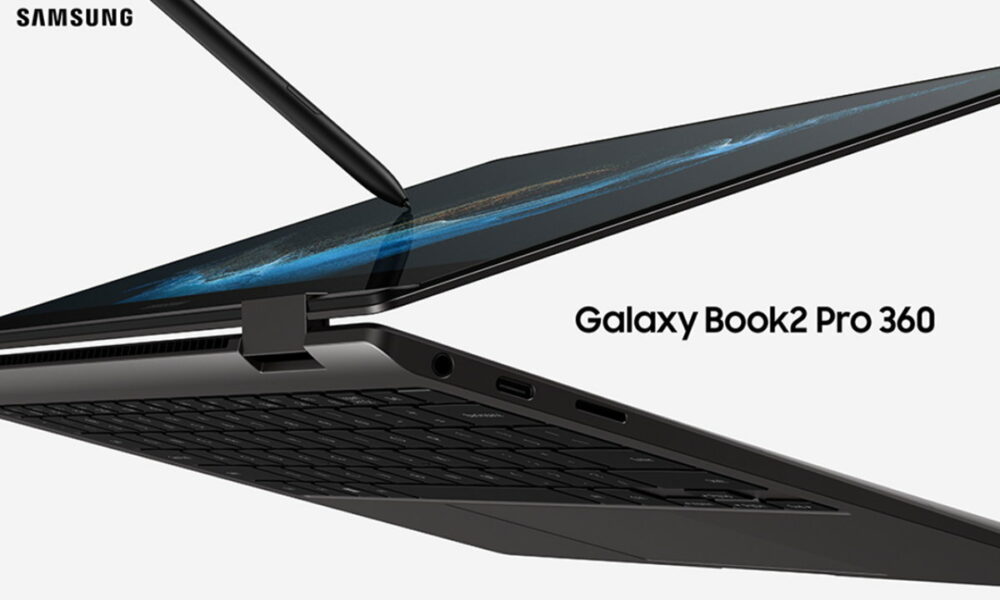
Google has included the WebGPU API in the beta version of the Chrome 113 browser. This programming library aims to provide capabilities for computing and modern 3D graphics to web browserstaking advantage of existing standards such as Direct3D, Vulkan and Metal.
It should be noted that this WebGPU API is a collaborative effort of the GPU for the web group created by organization World Wide Web Consortium (W3C) and includes outstanding collaborations from Mozilla, Apple, Microsoft, Intel or Google itself. At the moment it is only available in Chrome, but it will soon reach other browsers such as Mozilla and Safari to become a universal standard. Obviously, all other Chromium-based browsers (including Microsoft Edge) will automatically support WebGPU, thanks to their shared core.
WebGPU API: another level
If WebGL brought GPU-accelerated 3D graphics to the web, WebGPU is next level. And it promises a lot in several sections after six years of development. Google talks about “significant benefits” in 3D and heavy parallel computing tasks, including a greatly reduced JavaScript workload for the same graphics and a more than 3-fold improvement in machine learning model inferences. Compared to WebGL, WebGPU provides more flexible GPU scheduling and access to advanced capabilities of modern graphics chips such as dedicated cards.
And another important point: it is not a direct port of any existing native APIs, but rather builds on them to improve 3D graphics on the Web. Thus, it uses Direct3D 12 (Windows), Metal (macOS) and also Vulkan with its cross-platform support and open source license to reach other operating systems such as Linux.
The API is designed from the ground up with the Web in mind and on both desktop and mobile platforms, although these will still be limited in creating WebGPUDevice objects that are required by the desktop-class 3D APIs. Those responsible for Chrome say that this first release is just a base on what will come in the future and they are already working on a “deeper access”» to shader cores and further optimizations to machine learning features.
The initial implementation of WebGPU is available in Chrome 113 for Vulkan-enabled ChromeOS devices, Direct3D 12-enabled Windows systems, and macOS via Metal. Support for Linux, iOS, or Android is also in the works, as well as other browsers that will also use this high-aiming JavaScript-based API to achieve modern 3D graphics on the Web.
And in a collaborative effort of the greats of the sector that must reach a universal standardization of its use with all the advantages that this entails.



